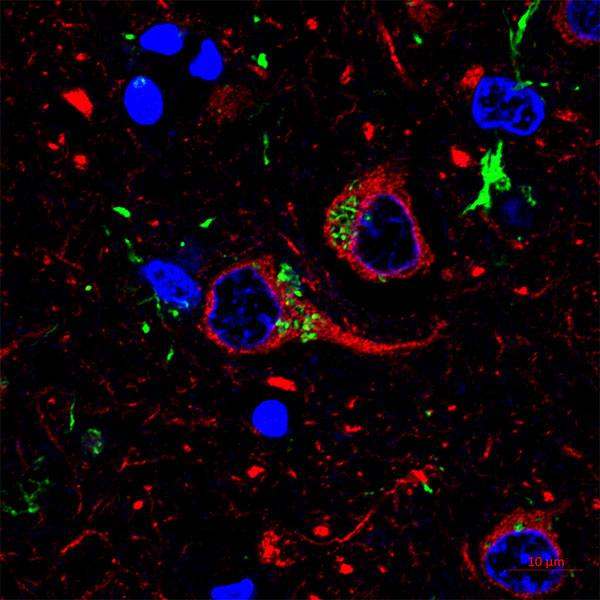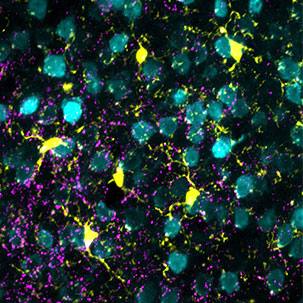-
Discovery Science
Nephron function in healthy kidneys varies
There may be a gray area between a “normal kidney” and an “abnormal kidney," depending on how closely you look at it according to Mayo Clinic researchers.
As the body’s blood purification system, the kidneys (most people have two, though you can live with just one) contain millions of filters called nephrons. These microscopic units act as the body’s colander by allowing fluid and waste products to pass through, but hold on to blood cells and large molecules that the body needs to keep. The remaining material is returned to the bloodstream, while the waste is removed as urine.

Specific Nephrons versus Nephrons as a Whole
Kidney health is measured by how well the organ filters. This measurement, also known as total glomerular filtration rate indicates how well the nephrons operate in general by assessing the kidney’s nephrons as a whole. But a team led by Mayo Clinic nephrologist Andrew Rule, M.D., has considered kidney health on a more specific scale.
Their study, published in the New England Journal of Medicine, investigates how a more defined look at nephron efficiency can give a better read on kidney health. Only researched in animals until now, the filtration rate of single nephrons has been shown to be influenced how many nephrons a kidney has or the kidney's metabolic demand. But researchers haven’t known until now if the situation is similar in humans.
The researchers sought to find how filter efficiency of individual nephrons compares with clinical characteristics and biopsy findings in healthy human kidney donors. These donors lacked evidence of chronic kidney disease, but there was variation among them in physiological factors like age, sex and height and in risk factors for chronic kidney disease.
Nephron Variation
The team found that the filtering efficiency of single nephrons was consistent in healthy adult kidney donors across age, sex and height despite variation in the number of nephrons. And higher filtration rate was associated with certain chronic kidney disease risk factors and kidney biopsy findings.
“Our study shows that there is actually rich underlying variation in structure and function at the nephron level,” says Dr. Rule.
Measuring nephron function requires tests such as kidney biopsy and cortical volume of the kidneys through radiographic imaging, in addition to testing total nephron filtration rate. These methods aren’t without their risks, says Dr. Rule, and that is why further study is needed to find safer ways to study the individual nephron.
- Kelly Reller, June 15, 2017
Interested in the curious link between tall men, small babies and kidney disease? Head on over to Advancing The Science blog.







